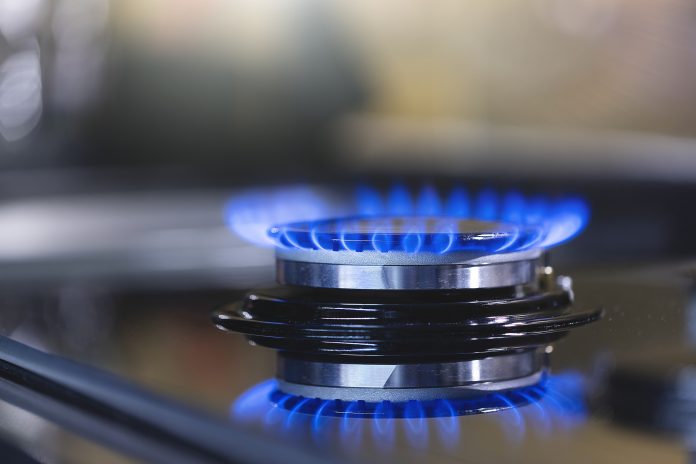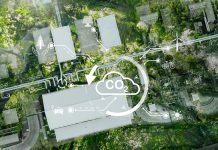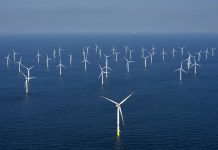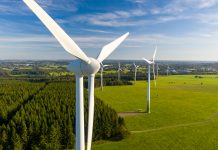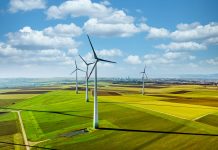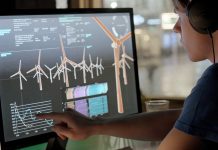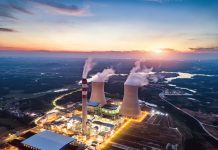Open Access Government provides an overview of the electricity and gas market, the roll-out of renewable energy sources, the increasing prominence of solar power, and Net-Zero Industry Act measures in this our latest examination of EU energy policy
The duties of Kadri Simson, the European Commissioner for Energy from 2019 to 2024, included creating a unified, linked, and efficient energy market in Europe, aiding in the smart combination of the electricity, heating, transportation, and industry sectors, plus expanding the variety of supply sources while keeping them competitively priced. (1)
Electricity and gas market updates
On 21st May 2024, the Commission was pleased with the approval of significant updates to the electricity and gas market and the introduction of a new regulatory structure aimed at accelerating the growth of hydrogen and other decarbonised gases. These reforms demonstrate Europe’s commitment to the clean energy transition while improving supply security and consumer resilience and building on the experience gained from the energy crisis.
With the introduction of the new electricity market architecture and the decarbonisation package for gas and hydrogen, the European Union (EU) has additional levers to achieve its energy and climate objectives under the Europe Green Deal. Vulnerable consumers and energy poor will not be disconnected. Member States have the authority to extend regulated retail prices for households and small and medium-sized enterprises (SMEs) during a crisis. In addition to consumer protection, tenants can share excess rooftop solar energy with a neighbour.
The reform will also improve the competitiveness of European businesses by providing them with more predictable energy prices. Overall, both households and businesses will benefit from the lower cost of renewables, whose integration and availability will also be enhanced by the new grid congestion provisions, trading deadlines, demand response and storage, and EU-level auctions.
The overhaul of the gas market guarantees that carbon-free gases and hydrogen can move freely throughout Europe. These changes will create a hydrogen market, crucial for reducing emissions in hard-to-decarbonise sectors like heavy industries and transportation. Did you know the Commission will also launch a five-year pilot project to combine supply and demand for hydrogen to improve market development and transparency within the framework of a European Hydrogen Bank?
Kadri Simson, Commissioner for Energy, said: “The energy crisis brought about major changes to the EU’s energy landscape. Once largely dependent on Russian supplies, Europe is now moving on to the electricity and gas markets of the future, where there is no space for Russian gas and where renewables, clean gases and hydrogen have a central role.” (2)
Renewable energy sources roll-out
Nearly two years after the launch of the REPowerEU Plan, on 13th May 2024, the Commission once again supports Member States’ efforts to accelerate the roll-out of renewable energy sources and reduce imports of Russian fossil fuels.
The Commission has adopted a set of new and updated recommendations and guidance documents to improve and simplify permitting processes and renewable energy auctions. These documents will contribute to the implementation of the EU framework for renewable energy by enhancing conditions for rapid deployment of domestic renewable energy.
“Increased predictability and faster permitting are key to sending the right investment signals across the renewable energy value chain. Today’s guidance from the Commission will help Member States to accelerate the deployment of renewables. As we approach two years since the adoption of the REPowerEU Plan, it is important to give this extra boost to homegrown clean energy sources, to allow us to replace even more Russian fossil fuels,” Commissioner Simson commented. (3)
The growth of solar in Europe
In a speech in mid-April 2024, Commissioner Simson noted that the growth of solar in the last two years is truly remarkable and has become the driving force behind Europe’s energy transition. The address discussed investing in reviving the solar manufacturing industry in Europe since the beginning of the Solar Strategy and the Solar Alliance in 2022.
As Commissioner Simson points out, however, all of this can be in vain if the single market is inundated with low-priced imports from markets where there is overcapacity and significant levels of state aid.
Hence, it’s crucial to consider developing a robust solar photovoltaic industry, Commissioner Simson states, pointing out that this involves long-term strategic planning and a broader perspective on the EU’s energy infrastructure and self-sufficiency.
“We have to do this in a balanced, proportionate way, keeping markets open, deployment affordable and supporting EU manufacturers. We have already adopted a number of measures, from the Net-Zero Industry Act to the application of the Foreign Subsidies Regulation,” Commissioner Simson added.
The European Solar Charter on the margins of the Informal Energy Council, brings together the Commission, Member States, wholesalers, industrial off-takers, and manufacturers. The Charter provides a roadmap and policy support for the development of a booming EU solar manufacturing sector.
The Commission will support Member States in identifying and exchanging best practices and assisting them in accelerating the implementation of the Net-Zero Industry Act, applying non-pricing criteria in auctions, and promoting innovative forms of photovoltaic deployment. Industry is important because large PV panel buyers, project developers, manufacturers, wholesalers, and promoters all need to work together in the same direction.
It’s widely known that the EU is making substantial investments in the solar energy industry, including a €400 million grant programme from the Innovation Fund, and more are on the way. However, there’s no uncertainty that EU money will persist in helping to cover the costs associated with solar manufacturing projects within the EU. (4)
Net-Zero Industry Act measures
Also, through the Net-Zero Industry Act, EU countries can back a variety of technologies aimed at achieving net-zero emissions, including not only solar photovoltaic, but also heat pumps and other technologies by creating ‘strategic projects’ that will receive special attention from their governments, experience quicker approval times, and more efficient processes. (5)
References
- https://commissioners.ec.europa.eu/kadri-simson_en
- https://ec.europa.eu/commission/presscorner/detail/en/ip_24_2261
- https://ec.europa.eu/commission/presscorner/detail/en/ip_24_2489
- https://ec.europa.eu/commission/presscorner/detail/en/speech_24_2052
- https://ec.europa.eu/commission/presscorner/detail/en/ip_24_2309

